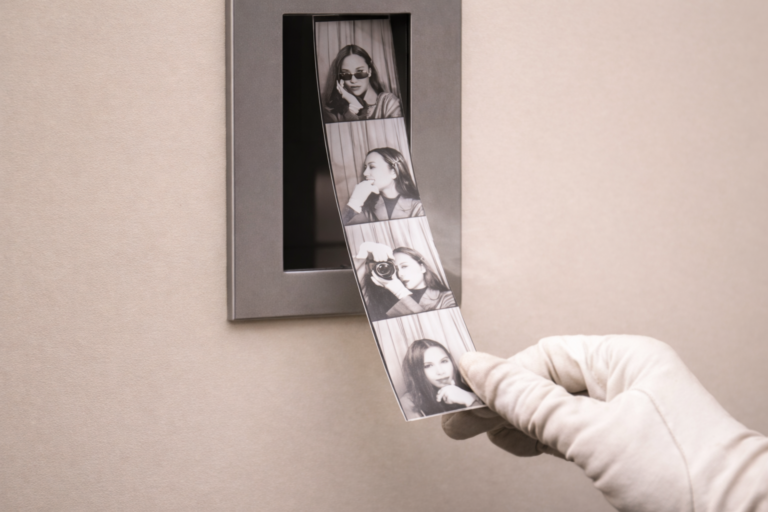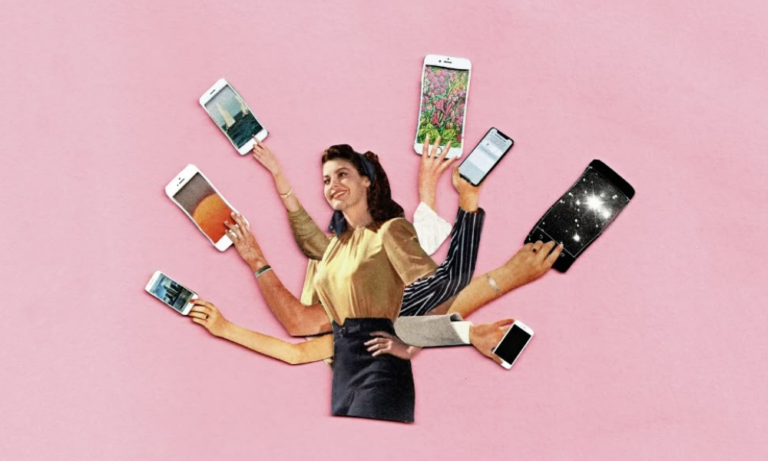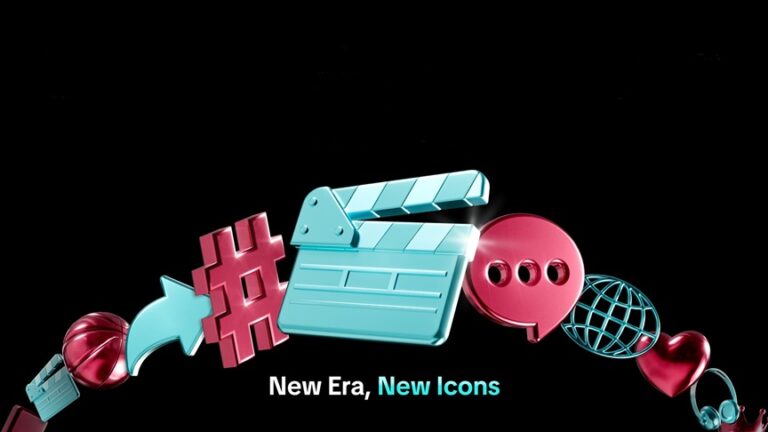What Is Biodesign in Fashion?
Biodesign in fashion involves creating textiles, garments, and accessories through processes that mimic or leverage biological systems. Unlike traditional methods that rely on synthetic fibers and resource-heavy production, biodesign emphasizes sustainability, regeneration, and minimal environmental impact. This can include cultivating materials from microorganisms, engineering bio-inspired fabrics, or designing garments that biodegrade seamlessly.
Innovations in Biodesign Fashion
The intersection of biology and fashion has given rise to a wealth of innovations. Here are some notable examples:
1. Biofabricated Textiles
Scientists and designers are developing materials grown from living organisms such as bacteria, fungi, and algae. For instance:
- Mycelium Leather: Created from the root structure of fungi, mycelium leather is a sustainable and cruelty-free alternative to traditional leather.
- Algae-Based Fabrics: Algae-derived fibers are lightweight, biodegradable, and can even sequester carbon during production.
- Bacterial Silk: Engineered bacteria are being used to produce silk-like fibers without the environmental toll of conventional silk farming.
2. Living Garments
Some designers are pushing the boundaries by creating garments that are alive or reactive:
- Photosynthetic Clothing: Garments embedded with algae can photosynthesize, purifying the air while being worn.
- Self-Healing Fabrics: Inspired by the regenerative properties of certain plants and animals, these textiles can repair small tears or damage.
- Adaptive Materials: Bio-inspired fabrics can change color or texture in response to environmental factors, reducing the need for excessive clothing production.
3. Biodegradable and Circular Fashion
Biodesign is enabling the creation of garments that naturally decompose without leaving harmful residues. By integrating biodesign principles, designers are also embracing circular fashion models where materials can be endlessly reused or composted. For example:
- Dissolvable Threads: Stitching made from water-soluble polymers allows for easy disassembly and recycling of garments.
- Plant-Based Dyes: Using pigments derived from natural sources like flowers, fruits, and microbes eliminates the toxic waste associated with synthetic dyes.
Biodesign and Luxury Fashion
High-end fashion brands are embracing biodesign to combine sustainability with luxury. Companies like Stella McCartney, Hermès, and Balenciaga have invested in biofabrication technologies, incorporating lab-grown leather and plant-based textiles into their collections. These innovations not only appeal to eco-conscious consumers but also position these brands as pioneers of ethical luxury.
Studio Paula Ulargui: A Personal and Creative Textile Art Project.
Studio Paula Ulargui is a personal and creative textile art project. All the designs and materials have the same aim: a physical and direct reconnection with nature to raise awareness of the undeniable urgency of climate change and the need to rethink our consumption model and our impact as a society. A change that will undoubtedly only happen with the help of everyone: artists, brands, and consumers.
The industry has been using the same fabrics and materials for years, and this is where the challenge of sustainability lies. Thinking twice about the materials we use as creators/designers can make a big difference and this is why this field has become my main area of interest: researching innovative, alternative, ephemeral, and, of course, sustainable fabrics.
Related to this, over the last few years working in fashion and collaborating with brands, artists, influencers, and textile labs around the world, I have come to realize something very important that is often undervalued: the crucial role of the designer and artist in this change. This power is often unrecognized by the young artists entering the working world. We have much more power to make a positive impact than we realize. Through simple details such as the way we dress, we set the trends that society follows. Our updated vision of the world has been and will continue to be at the forefront of what society needs to move forward: messages, inspiration, identity, relationships, art, and AWARENESS. And I put that last word in capital letters because it’s the foundation of any useful and meaningful change. It shouldn’t just be about our “know-how” but also our “meaning to.” What are you creating “for”?
All these backgrounds and reflections feed my project. This is my message as a designer and artist: to collaborate with nature to create pieces that, although ephemeral, speak of life, beauty, balance, and evolution, like life itself: values that we need to integrate as a society.
The Future of Biodesign in Fashion
The potential of biodesign in fashion is immense. As technology advances and consumer demand for sustainable options grows, biodesign is poised to redefine how clothing is made, worn, and discarded. Imagine a future where garments grow themselves, adapt to their environment, and return to the earth without a trace.
By marrying cutting-edge science with artistic vision, biodesign is not only revolutionizing the fashion industry but also challenging us to rethink our relationship with clothing and the environment. This is more than a trend; it is a movement toward a future where fashion is in harmony with nature, crafting a world where innovation and sustainability coexist beautifully.
ALSO READ: INSTAGRAM LAUNCHES ‘EDITS’: A GAME-CHANGING VIDEO APP FOR CREATORS.




